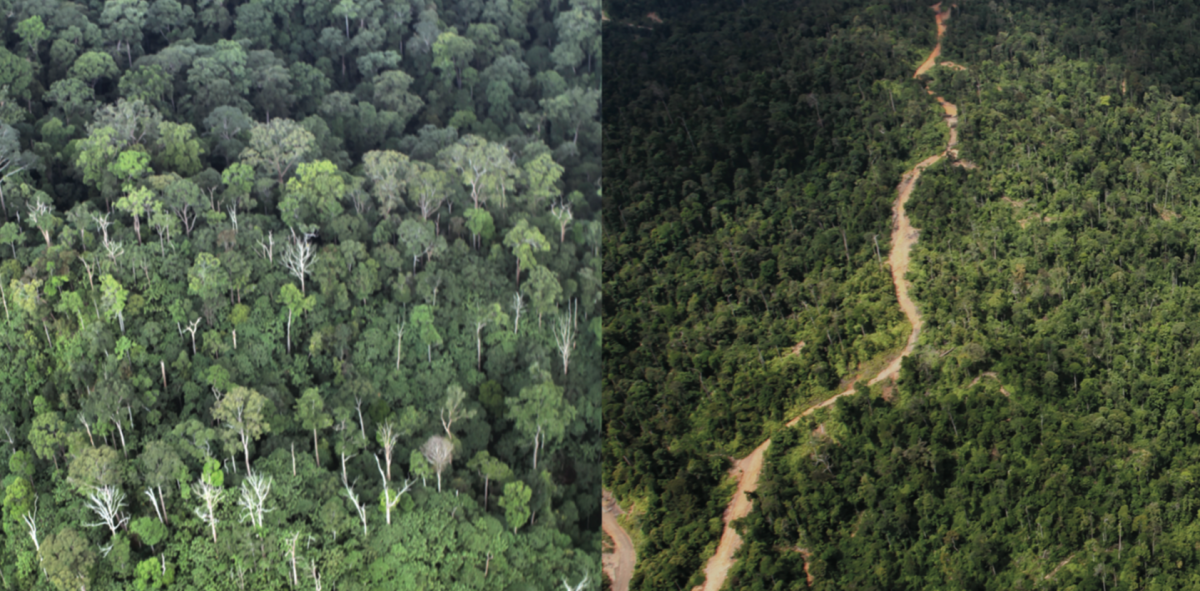As the second most heavily forested Amazonian country, Peru has attracted a steady stream of programmes aimed at reducing greenhouse gas emissions from land-use change, the country’s largest source. Despite these conservation efforts, however, annual forest loss has increased over the past two decades, from about 84,000 hectares in 2001 to a record 200,000 in 2020.
A new study by the Center for International Forestry Research and World Agroforestry (CIFOR-ICRAF) shows that many conservation projects and programmes in the country had at best a modest effect on forest loss, while the impact on the well-being of the communities involved ranged from positive to negative.
Reasons included flaws in the design of the programme, failure to deliver on benefits promised to communities, or the location of projects in remote areas facing little risk of deforestation. A key conclusion of the study is that forest conservation projects and programmes have tended to lack well-designed impact evaluations that could provide key evidence to make them more effective.
The study raises questions for policymakers about whether the benefits of conservation projects outweigh their costs, whether the areas being protected are those facing the greatest risk of deforestation, whether planners are clear about the outcomes they expect and how to measure them, and whether the programmes also result in social and economic benefits to participating communities.
“There is little evidence about the effectiveness of public policies for forest conservation in Peru,” said Renzo Giudice, a senior researcher at the Center for Development Research at the University of Bonn in Germany, who co-authored the study with Manuel Guariguata, a specialist in tropical forest ecology and forest management for production and conservation and senior associate at CIFOR-ICRAF.
“We’re still flying blind with regard to impact evaluations,” Giudice added.
Forest conservation programmes often produce reports and statistics about the forest area conserved, the number of communities involved and the number of new protected areas — from national to local — created every year, but little information about their ecological, economic and social impacts, he said.
Measuring those impacts is even more critical as the goals of conservation programmes expand from focusing on keeping forests intact to contributing to the social and economic well-being of forest-dwelling communities. And although those outcomes may not be measured systematically as part of the project evaluation, they have come under increasing scrutiny from academics.




